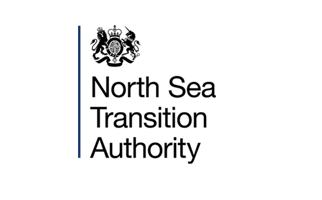
- Stance reflects change in Strategy to assist net zero by 2050 target
- New developments to plan on basis of no routine flaring and venting
- Zero routine flaring and venting for all by 2030 at the latest
The Oil and Gas Authority (OGA) has today issued consolidated and updated guidance on flaring and venting, which sets out a tougher approach to driving reductions, through clear principles and using the OGA consenting regime and stewardship activity.
This approach is supported by updated reporting and disclosure such as the OGA’s forthcoming emissions report, use of flaring and venting benchmarking and the monthly data published through the OGA Open Data Portal.
Forecasts suggest oil and gas will continue to play a role in the UK energy mix for the foreseeable future. Some flaring and venting is necessary for safe and efficient production, but the volume can be reduced.
Flaring is responsible for a fifth of UK offshore oil and gas production-related carbon dioxide emissions and 1% of total UK annual CO2 emissions. Vented gas offshore represents about 0.15% of total UK greenhouse gas emissions, including around 1% of total UK annual methane emissions.
The new guidance includes:
- Principles that the OGA expects industry to follow in relation to flaring and venting
- flaring and venting and associated emissions should be at the lowest possible levels in the circumstances
- all new developments pre-Concept Select should be planned and developed on the basis of zero routine flaring and venting
- zero routine flaring and venting for all by 2030 at the latest
- Details on the OGA approach to using its consenting regime to drive continuous reduction and, where possible, elimination of flaring and venting. The OGA can order production to stop if flaring and venting is excessive
- Operators must inform the OGA as soon as it becomes clear that there is a risk of flaring or venting consent breach. The OGA will only consider consent variations as a last resort option and requires adequate time to assess requests. Operators may have to curtail or stop production to stay within consent limits.
- Guidance on how the OGA will engage with operators to encourage reductions in flaring and venting – and the expectation that operators utilise best available technology to measure, monitor and manage flaring and venting and associated emissions
- New data reporting requirements to support OGA emissions monitoring, OGA stewardship, and regulation
Hedvig Ljungerud, Director of Strategy, said:
“We are committed to driving down greenhouse gas emissions from the oil and gas sector, both supporting and holding industry to account in reaching its target to become a net zero basin by 2050.
“Today’s publication marks another step on that path, with a clear focus, including new developments to be planned on the basis of zero routine flaring and venting. We will monitor actual outcomes closely and reflect in decision-making when operators apply for consents and authorisations.”
Notes to editors:
- The OGA Strategy
- 2019 UK Greenhouse gas emissions
- North Sea flaring cut by 22% in one year
- Venting is the discharging of gases into the atmosphere. Flaring is burning the gases before they are discharged. Both are unavoidable for safety and operational reasons, but more can be done to reduce the amount
- The guidance replaces and consolidates three earlier documents and has been revised following publication of the OGA Strategy, which came into force earlier this year and requires industry to support the UK’s net zero target, including by reducing greenhouse gas emissions from sources such as flaring and venting.
For further information please contact:
Tel: 07785 655620


